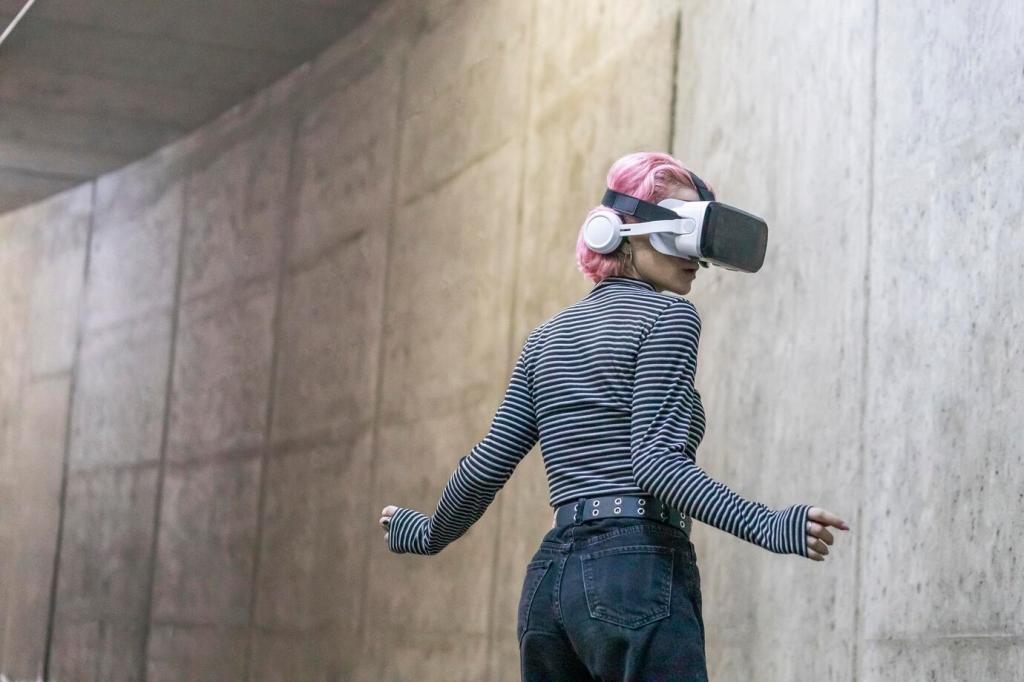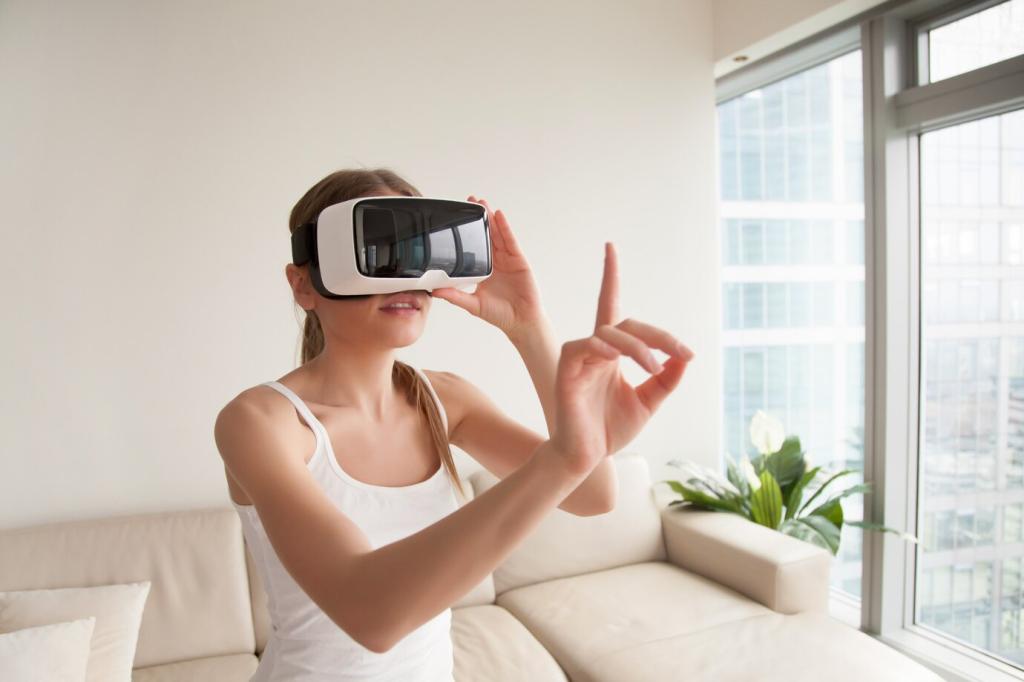
Innovative AR Tools Shaping Modern Education
The rapid integration of Augmented Reality (AR) technology is fundamentally transforming contemporary education. By bridging the gap between physical and digital realities, AR empowers educators and students alike to experience immersive learning like never before. This web page explores how innovative AR tools are redefining pedagogical methods, fostering deeper engagement, and preparing learners for a future where digital and real-world skills are inseparable. Dive into the various ways AR is enhancing educational experiences and discover the essential AR-driven developments shaping modern classrooms.
Immersive Learning Environments
Enhanced Science Laboratories
Augmented Reality is revolutionizing science education through the simulation of complex experiments and phenomena right within the classroom. Students can conduct virtual dissections, explore chemical reactions, and visualize molecular structures in 3D, even when physical resources are limited or safety concerns prohibit hands-on experiments. These AR labs give learners the freedom to experiment, make mistakes, and learn at their own pace, which fosters deeper understanding and confidence. Moreover, the interactive nature of AR environments ensures that complex scientific concepts become approachable and relatable for all learners, regardless of their prior knowledge or resources available at their school.
Interactive Field Trips
AR technology brings the whole world into the classroom by enabling students to embark on vivid, interactive field trips without leaving their seats. Learners can explore historical landmarks, natural wonders, or even outer space via lifelike digital overlays that enhance textbook content with real-time data and storytelling elements. This approach not only enriches geographical and historical learning but also provides opportunities for empathy and cross-cultural understanding by simulating visits to diverse settings. Interactive AR field trips remove logistical and financial obstacles, making global educational experiences accessible to every student, regardless of location.
Virtual Classroom Collaboration
The integration of AR tools into the classroom environment supports collaborative learning experiences that connect students and educators, both locally and globally. Through shared AR spaces, learners can co-create, problem-solve, and visualize abstract concepts together in real time. Whether it’s building 3D models, manipulating virtual objects, or participating in digital role-play activities, AR-driven collaboration fosters communication skills, teamwork, and adaptability. As education becomes increasingly interconnected, these virtual collaborative environments enhance not only engagement but also students’ preparedness for the digital workplace of the future.
Personalized and Adaptive Learning
Real-Time Feedback and Assessment
AR-enabled learning applications provide instant, actionable feedback that allows students to track their progress and educators to identify areas for improvement. Through interactive quizzes, real-time problem-solving exercises, and immediate visual indicators, learners receive guidance exactly when it’s needed. This immediate assessment loop encourages mastery learning, helping students correct mistakes and reinforce concepts on the spot. As a result, both students and teachers can make more informed decisions about instructional strategies, ultimately increasing the effectiveness of the educational process.
Customizable Learning Modules
Augmented Reality tools empower educators to create and modify learning modules that cater to individual learning styles and abilities. With customizable lessons, students can interact with content at their own pace, revisit challenging material, or accelerate through familiar topics. Adaptive AR programs can adjust the difficulty or presentation of information in response to student input and performance, ensuring a continuously engaging and supportive experience. By aligning instruction with each learner’s unique needs, customizable AR modules contribute to higher motivation, better retention, and more successful educational outcomes for all.
Inclusivity for Diverse Learners
AR technology has the remarkable capacity to bridge educational gaps for students with varying backgrounds, abilities, and learning styles. Through multimodal content presentation—combining visual, auditory, and kinesthetic elements—AR can meet the needs of visual, auditory, and tactile learners alike. For students with learning disabilities, AR offers additional support features like text-to-speech, simplified navigation, and alternative representations of information, making classrooms more inclusive. These adaptive tools ensure that every student, regardless of challenges, can participate fully and equitably in the learning process.

Previous slide
Next slide
